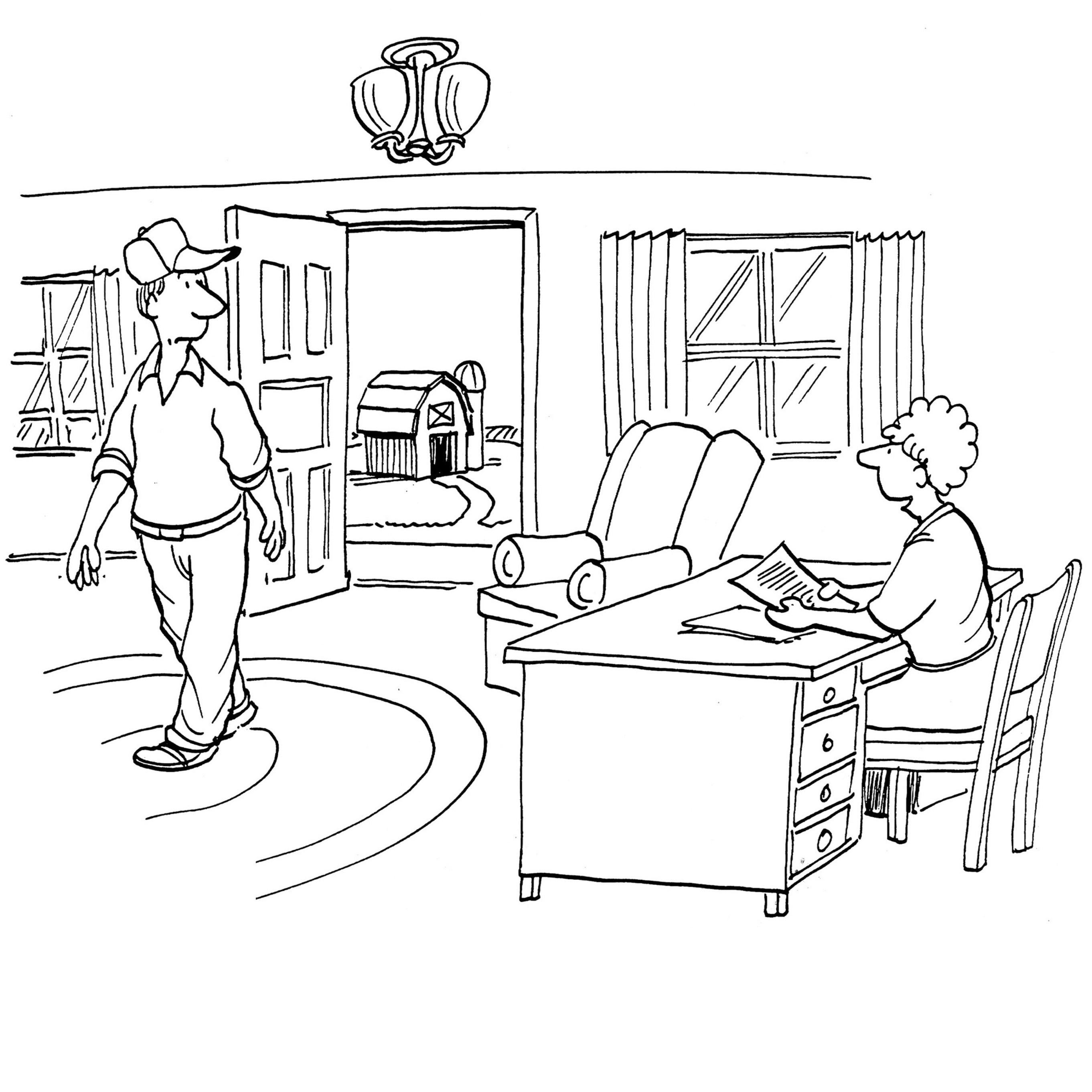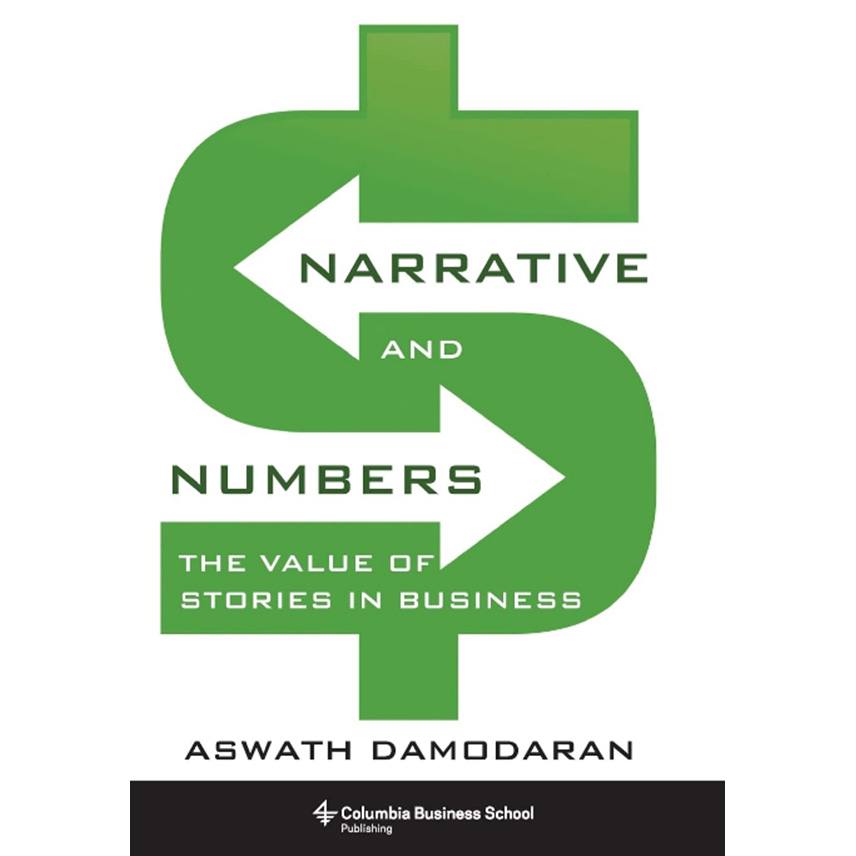Skill Up
Brings you snackable bites of a larger skill, you can quickly learn and put to use at work
To become a dependable forecaster, learn to spot these 4 non-linear trends
Data orientation is a valuable skill for sales professionals
The start of a financial year is when data orientation skills are needed the most. Reason? That’s when the sales team pauses to take a close look at the many trends that will influence sales in the year ahead.
While doing this, all linear variables are duly considered. For example, it’s assumed that if we add new territories, sales numbers will move up.
But what’s often overlooked in forecasting are the non-linear variables that could potentially impact sales.
Relationships between data variables are not always linear
A Harvard Business Review (HBR) article published in June 2017 on Linear Thinking in a Non Linear World by Bart de Langhe, Stefano Puntoni, and Richard Larrick lists, among other things, 4 non-linear trends that are not often noticed while making decisions or solving business problems.

“The human brain likes simple straight lines” say the authors “As a result, people tend to expect that relationships between variables and outcomes will be linear … But frequently relationships are not linear”
Going back to our example, simply adding more territories may not bring in the expected quantum of additional sales if some of the new territories are starting to experience saturation. In such a case, sales will climb initially and then taper off.
This is among the reasons why many European and US companies, choose to invest in emerging markets rather than expand in their own neighbourhood.
Below is a short summary of the 4 commonly occurring non-linear trends and how learning to spot them could be useful in making better forecasts
- 1.Increasing gradually, then rising more steeply
Langhe, Putoni and Larrick illustrate this trend with the example of Customer Life Time Value (CLV). When Customer retention rates increase, CLV rises gradually. But as retention improves the CLV goes up steeply.
Applying this to forecasting:
Sales of a newly introduced model of car or any other product follows this trend. If the product portfolio has a good number of recently launched models or offerings, that are gaining market acceptance, the forecast can be robustly optimistic as the sales are likely rise steeply after the initial gradual increase
- 2.Decreasing gradually, then dropping quickly
We may not be observant all the time but anyone who has availed a mortgage loan experiences this. The outstanding balance to be paid in a mortgage decreases very gradually at first, but as the end of mortgage nears, the balance appears to drop quickly. The slow ebbing of Covid and its seemingly sudden disappearance is another example of this trend.
Applying this to forecasting:
Sales of products in decline follows this trend. What this means is that we should be modest while projecting growth in the sales of products that are in the tail end of their life cycle. The gradual decline in their sales is a precursor to a sudden and sharp drop in growth
- 3.Climbing quickly, then tapering off
Economies of scale demonstrate this non-linear behaviour, say the authors. When a business starts off, more sales bring more profits. But this doesn’t mean that profits will go on increasing with sales. Profits climb quickly and then taper off beyond a sales threshold.
Applying this to forecasting:
Festival offers and discount sales work this way. If you have had a bonanza year when your company penetrated the market with a slew of offerings at special introductory prices and terms, forecasts for the next year must keep in mind the likely ‘taper tantrum’ the sales of those products are likely to experience.
- 4.Falling sharply, then gradually
Recovery of average fixed costs follows this non-linear behaviour, according to the HBR article. In the years following an investment, the average fixed costs fall sharply when divided by contribution. In subsequent years, this recovery slows down
Applying this to forecasting:
If your company has a range of variants of a single product offering and plans to introduce a new variant next year, you may have to factor this trend into your forecasts. You can expect sales of older variants to fall sharply as the new model or product basks in the limelight. As its sales stabilizes, the older models may continue to experience fall in sales but perhaps at a slower rate than initially
You can read the Harvard Business Review article here
“Entrepreneurs see change as the norm and as healthy … the entrepreneur always searches for change, responds to it, and exploits it as an opportunity.”
– Peter F. Drucker –
We look forward to hearing from you



Thank you. Your entries has been submitted successfully





